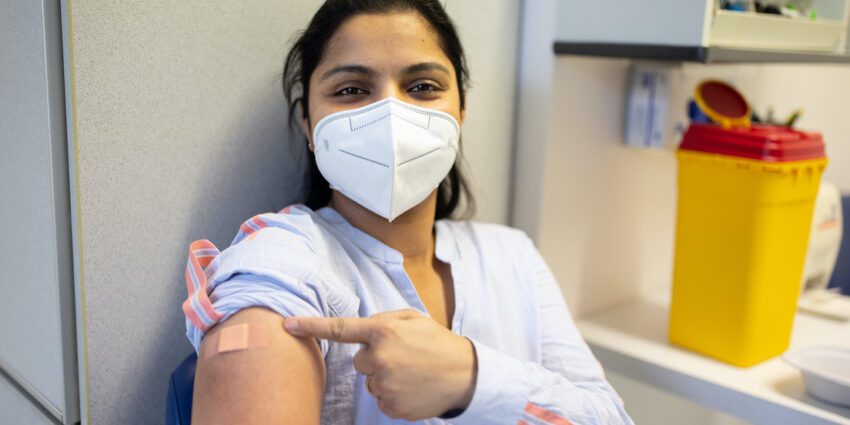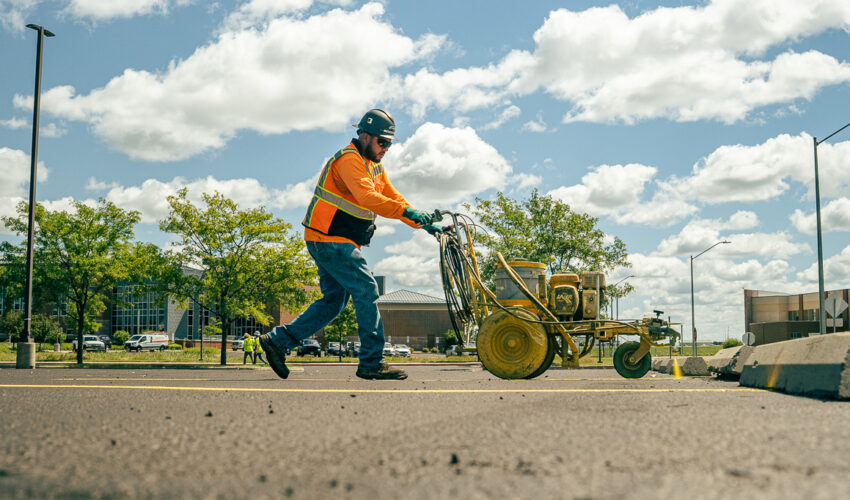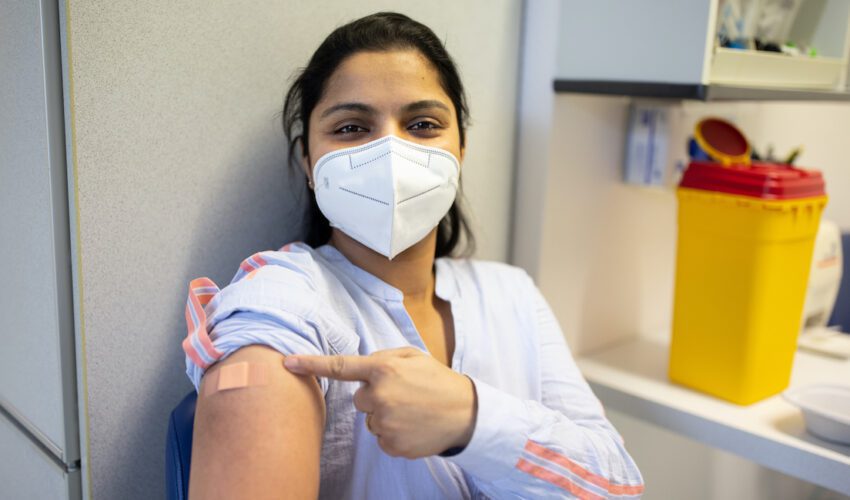What you need to know about the Delta variant
This paid piece is sponsored by Avera Health.
As summer comes to a close, the longed-for return to normal after the COVID-19 pandemic remains elusive. That’s because the COVID-19 Delta variant has led to increases in cases, hospitalizations and deaths.
Some estimates show that every 10 people infected with Delta will go on to infect 60 to 70 others, said Dr. David Basel, Avera Medical Group Vice President of Clinical Quality.
“We’re seeing increases, and we face two most-likely scenarios,” Basel said. “The worst case is we return to the case and hospitalization rates we saw in the most recent spring, when new cases in South Dakota were around 200 daily. The best case would be that case counts remain lower. We’ll see some increases, but a prediction of exactly how many, and for how long, is difficult.”
In comparison, the winter surge of 2020 included new case counts of more than 1,200 each day in the state.
Mitigating strategies
Vaccinations continue in South Dakota, and that mitigating strategy is helping the state’s health systems avoid overload.
“Overall, our case increases of late have been low, and that’s in part because Minnehaha and Lincoln counties both have rates of vaccination that exceed 60 percent,” Basel said. Testing for COVID, as well as methods to reduce spread that were learned a year ago, can help cut the numbers.
“We’re seeing fewer hospitalizations overall, so that’s good, and it’s a key indicator,” he said. “But as the autumn months unfold, we’ll need to be ready to take steps – it may be necessary to use masks. They do slow the rate of spread.”
Vaccination and the near future
About 98 percent of new cases of COVID-19 are in unvaccinated people. Basel said most estimates show that if a population reaches 80% vaccination rate, COVID-19 would likely dissipate almost completely. But that mark is some distance in the future. In the meantime, businesses, schools and workplaces will remain potential sites for spread of the Delta variant of COVID-19.
“We’re seeing that the vaccines work – they keep people out of the hospital and prevent fatal cases,” Basel said. “We’re also seeing that the vaccines are more effective overall than natural immunity – they bolster our bodies’ ability to fight the virus.”
While some breakthrough infections have happened, the vaccine drastically reduces chances that the person will become severely ill. Severe reactions to the vaccine are extremely rare.
“We’ve seen this variant affect the entire world. We may not want to go back to restrictions on going out, social distancing and mask use – but we can’t ignore the facts, either,” he said.
Basel emphasized that the No. 1 measure to take to protect yourself and your loved ones against the Delta variant is to get vaccinated, if you haven’t already. Secondary measures include social distancing and wearing masks.
“Nationally, we’re seeing spikes in many places with higher population density and lower vaccination rates,” he said. “We’re not likely to see the same things here, but at the same time, we are certainly not out of the woods when it comes to COVID-19 and the Delta variant.”








